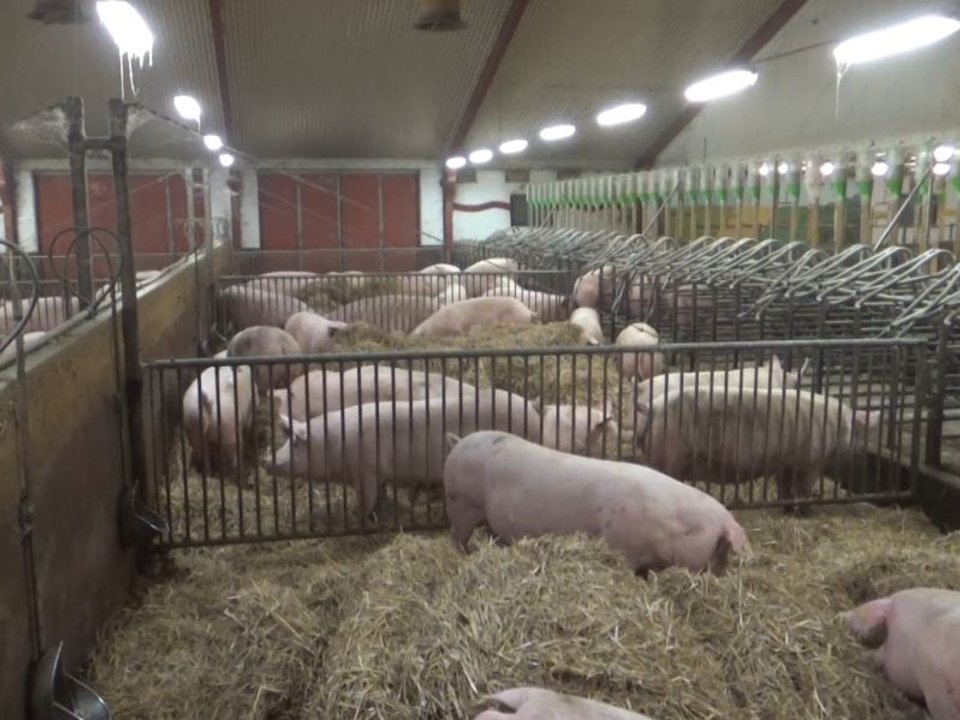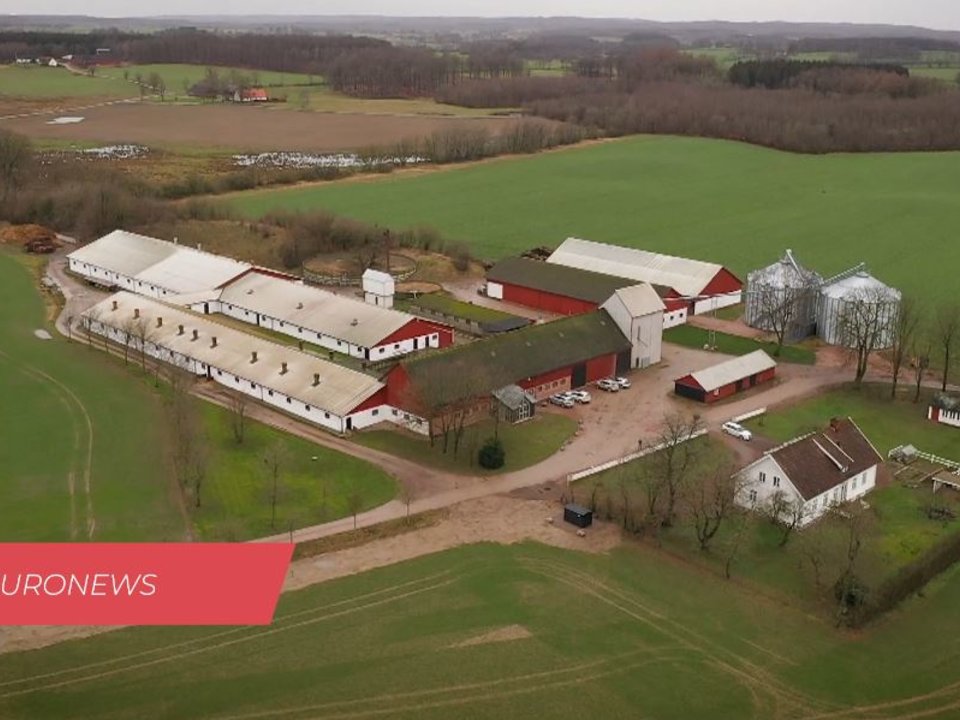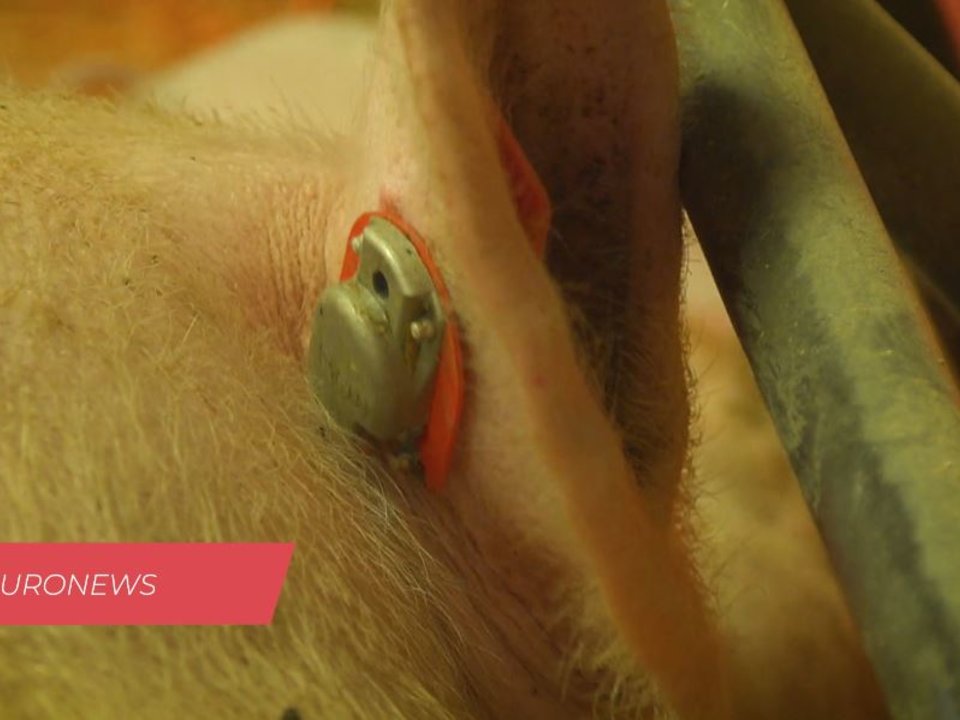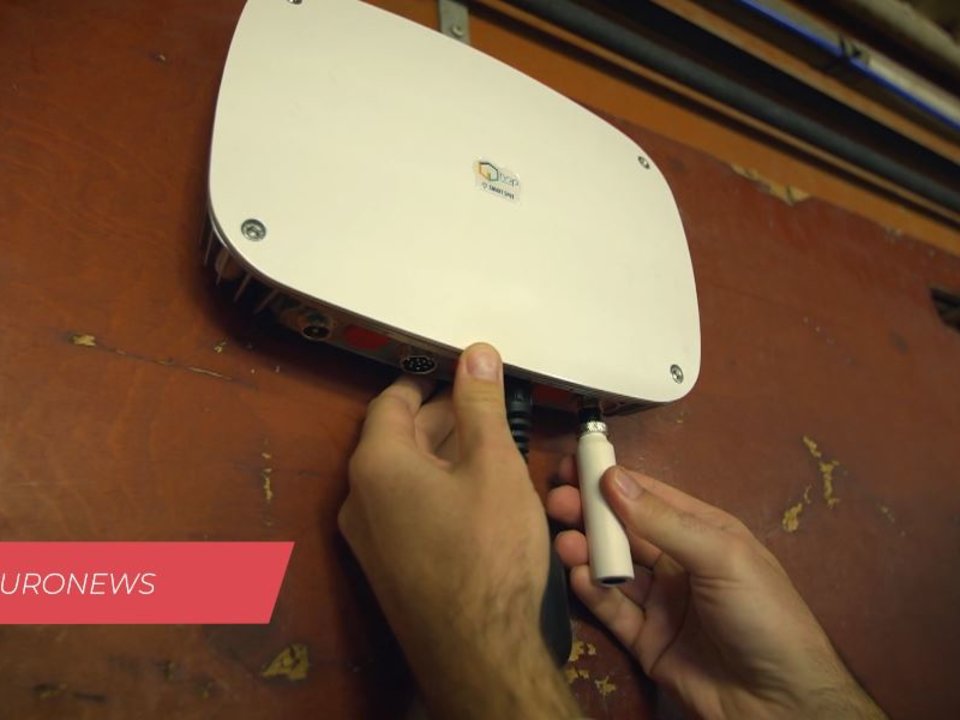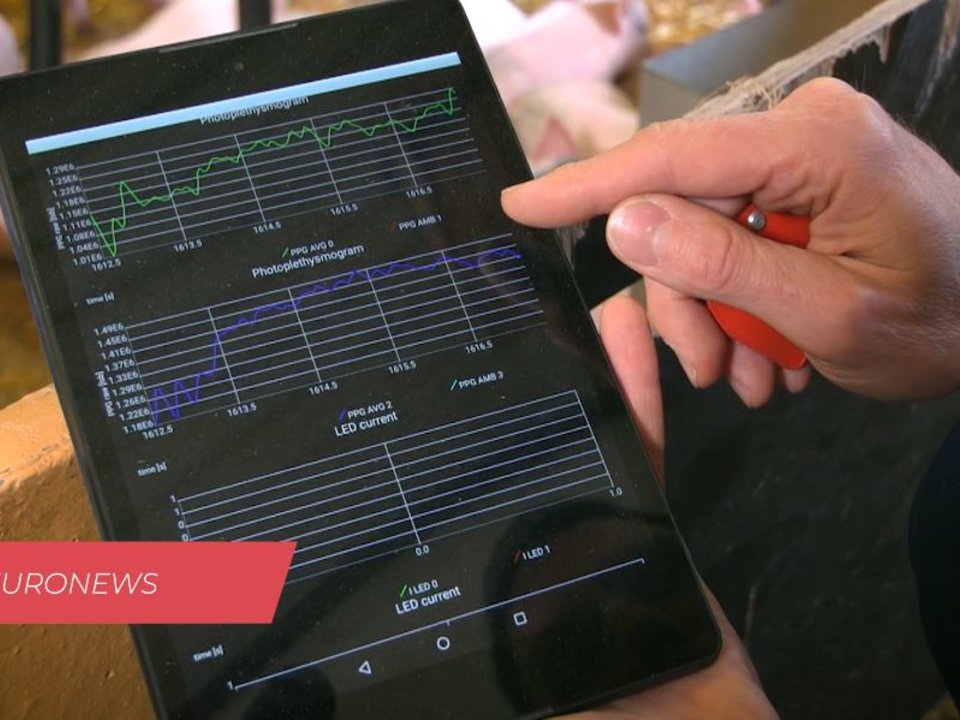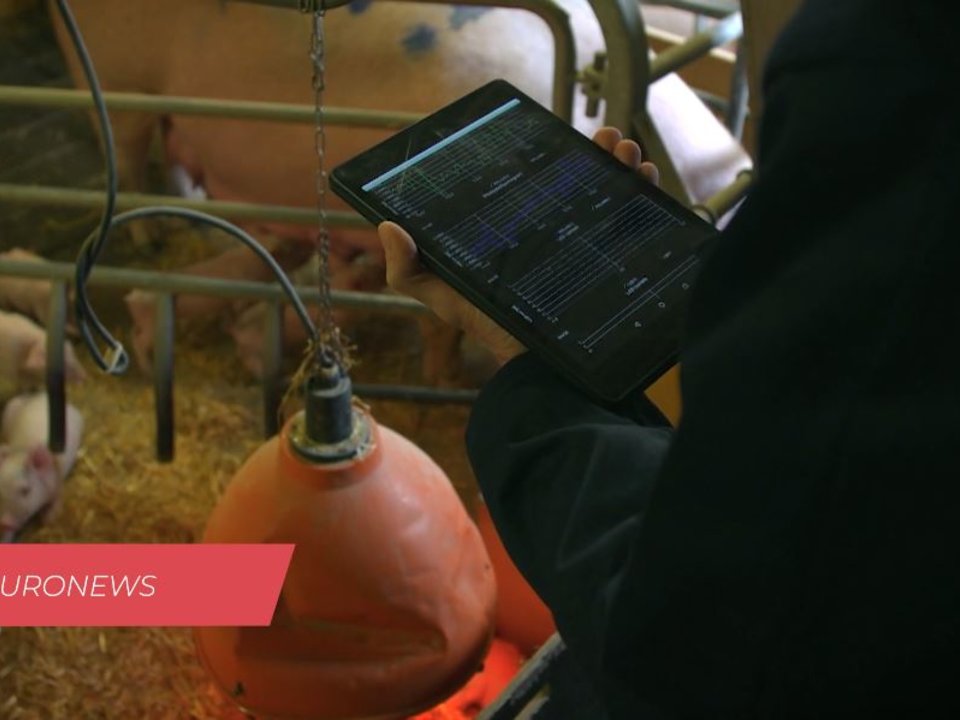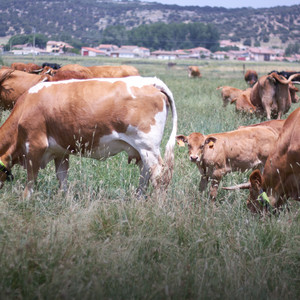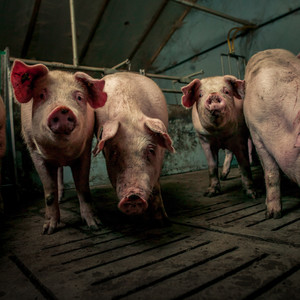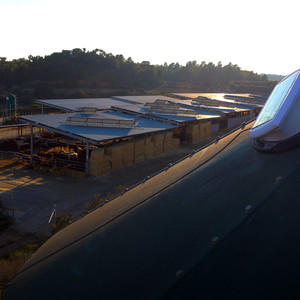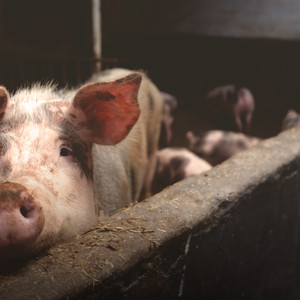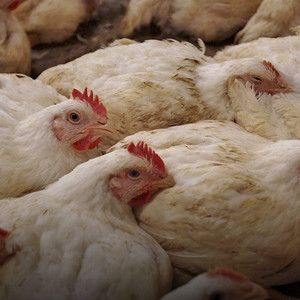Introduction
Pig production’s substantial advancements over the last couple of decades has resulted in considerable improvements in productivity, allowing farms to be operated at a larger scale without losing efficiency. However, there is a public and societal concern about animal welfare in large scale operations due to the perceived lack of attention given to the individual animal. For the producer, avoiding unnecessary costs can make the difference between profit and financial losses. This use case thus relies on intensive scrutiny of each animal through IoT sensors. Animal welfare is consequently improved while the avoidable use of preventive antibiotics is reduced, contributing to production efficiency and sustainability.
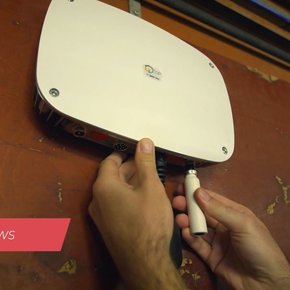
IoT benefitting animals and farmers
Livestock farming is competitive, and with increasing herd sizes it is ever challenging to keep the farm profitable. In pig production, raising piglets requires high skills and a tremendous level of engagement.
Show more
The latest advancements in IoT sensor technology allow the development of wearable sensors, which enable the farmer to swiftly intervene in case health risks or diseases occur. The advantage of sensors, measuring physiological parameters, is that the animals are monitored constantly, and the collected data can further be utilised to assess production management. Once attached to the animal, the sensors help the farmer to improve welfare and sustainability of livestock production.
The sensors of this use case are particularly advanced as they were design as ear tags. This futuristic earring is equipped with 2 types of sensors: the photoplethysmography (PPG) sensor and a 3D accelerometer. The optical (infrared) PPG sensor monitors the heartbeat of the animal, providing important information about their health conditions. This ear tag sensor measures the dilation of the blood vessels when a heartbeat pushes the blood in the arteries. This technology is actually used for humans: you might even be wearing one! Indeed, depending on the model, your smartwatch might be using the PPG technology to monitor your heartbeat. The accelerometer captures the level of activity of the animal. In combination, those sensors collect crucial data to give farmers detailed insights on the wellbeing of each individual animal.
However, pigs can and want to interact with the technology which confronted Antonio Jara, the Use Case Coordinator, and his team with specific challenges. All pigs, including traditional farm breeds are very intelligent and curious animals. One of the challenges in developing the IoT sensor is that most animals will play with their ear tags and might remove it accidentally or damage the battery. Therefore, the design of the requires a metal that has a low weight and is comfortable for the animals, and, lastly, is robust enough to resist a pig’s bite which has a significant bite force. The sensors might be too big for piglets, but they fit sows perfectly. The latest ear tags have a rechargeable battery, which provides up to 8 weeks of autonomy.
With larger herds, it gets increasingly complicated for the farmer to give each animal the attention it deserves. Hence, supporting them in giving attention to the individual animal is an approach that is now possible using IoT sensors that send online information to a centralised platform. With automated alerts, farmers can respond quicker to events that require action. The advantage of the use case solution is that the animals are monitored around the clock and not only at short intervals mainly during daytime.
In most sectors of livestock production, the role of digitalisation in daily management processes is growing quickly. The pig production sector, however, has not always been a frontrunner in this digitalisation process. But, this use case initiated a paradigm shift by demonstrating the benefits of IoT technology regarding the support of farmers at key points of their production.
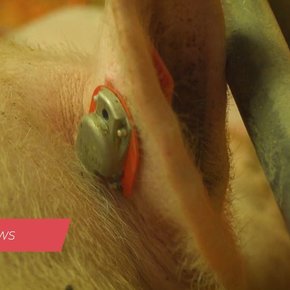
A solution at each step of the pig’s life
The data collected can be used to predict and monitor the process of giving birth, in pigs called farrowing. Farrowing is the most crucial part in pig production and significantly influences the sustainability and productivity of a farm.
Show more
In modern pig production, sows are normally managed and monitored in groups, and are expected to farrow in the same given week. However, there could be some variations in the breeding dates and the length of pregnancy. This can be a challenge, as pig farmers cannot always determine the exact farrowing date for each animal. Fortunately, there is one animal behavior that can be tracked by the ear tag and to subsequently provide information on the farrowing. Before the farrowing, the sows start collecting material to build the nest for the farrowing. The nest building starts about 24 hours before farrowing and peaks about 6 to 12 hours before the actual farrowing starts. As parturition approaches, the sows calm down. The sows lie laterally and are generally immobile during the parturition. The ear tag is equipped with an accelerometer that tracks the level of activity of the sows, the FITPIG system can thus notify the end-user on when each sow has started farrowing and for how long it has been going on. The ear tag can also help the farmers to identify which sows are in heat. The indicators for this are higher levels of activity and possibly a somewhat raised body temperature.
Another application of this technology is to monitor the general well-being of the pigs. When animals have an infectious disease, they develop a fever, which is detected by the sensors at an early stage. Common examples of health issues in the farrowing process are metritis, agalactia and mastitis, which are accompanied by a fever or limit milk production. During this critical period many negative effects that are difficult to detect at an early stage can occur. By monitoring the heart rate and level of activity, the farmers can always check the well-being of their animals and make sure to act in time if there is any anomaly identified.
The ear tags are not the only component of this use case’s monitoring solution: a gateway is installed in the building, to collect and relay the data from the sensors. In addition to that, the gateway is linked to a sensor that measures harmful air contaminants within the pig stable such as dust and ammonia, and also some other gases. The environment of the pigs is under control as well, since the monitoring of gases helps with slurry management. Slurry from housed livestock contains valuable nutrients that should be recycled back to land in an environmentally sustainable manner.
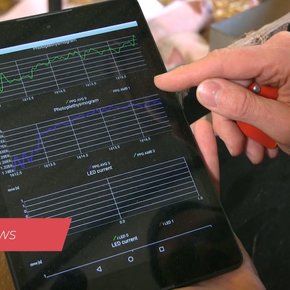
From data collection to farmer notifications
The data generated by the FITPIG ear tag is collected through a gateway (Smart Spot) using Bluetooth Low Energy (BLE). The gateway sends data to the cloud for processing via WiFi, LoRa and GPRS.
Show more
The system was tested in Sweden and in Spain on a total of 70 pigs. Since the Covid-19 pandemic did not allow in-person trainings regarding the installation of the ear tags, but with remote instructions farmers were able to proceed independently as the installation of the system is easy. The installation of the ear tag can be compared to similar commercial off-the-shelf ear tags. The only thing needed is a customised plier which the use case team developed.
The implementation of the system in real-life conditions confronted the researchers with connectivity issues which could fortunately be resolved quickly. An important step for the functionality because the collected data is shared on the cloud, before being analysed by an algorithm. The outcome is centralised in a mobile app. The farmers can thus constantly monitor on their smartphones the information for each of their animals equipped with the ear tags. The design of the app is simple and user-friendly, even allowing to group animals in different batches and to consult historical values.
The current system is not yet market ready, but important milestones have been reached during the project’s research! At the end of the project phase, the partners of this use case – HOPU, CSEM, SLU, DIGITANIMAL - were working on the wireless charging of the ear tags and the extension of the current system to other types of livestock such as dairy cows or sheeps.
HOPU is in charge of everything related to the gateway and architecture. Their gateway measures NH3 and C02, but since NH3 has a cross-sensitivity with H2S, CO and NO they had to update the gateways which could fortunately be done remotely.
SLU focused on the organisation of the test farms and collected the pig production and health data which constitute the fundamental ground truth recordings the data analysis. They did that by regular farm visits as well as by installing 5 cameras, each covering 2 pens, and the use of 10 sensors.
CSEM’s technicians were responsible for the manufacturing of the ear tags. A challenge they had to face due to Covid-19 was firstly the limited access to their assembly lab and secondly the delay in the delivery of required components.
The tasks involving DIGITANIMAL have been completed once sensor data were obtained and the application correctly integrated with the Context Broker developed by HOPU. Even though the typical difficulties of integrating software services integration and data interpretation occurred, the use case team overcame these challenges and succeeded together in implementing their interoperable pig health monitoring solution.

Get in touch with the use case team via the SmartAgriHubs Innovation Portal
Go to portalAchievements, products & services
Heart rate ear tag for pigs
Early detection of diseases
Aid to monitor farrowing
Integral monitoring of animals health
Gateway supporting 50+ animals data collection
